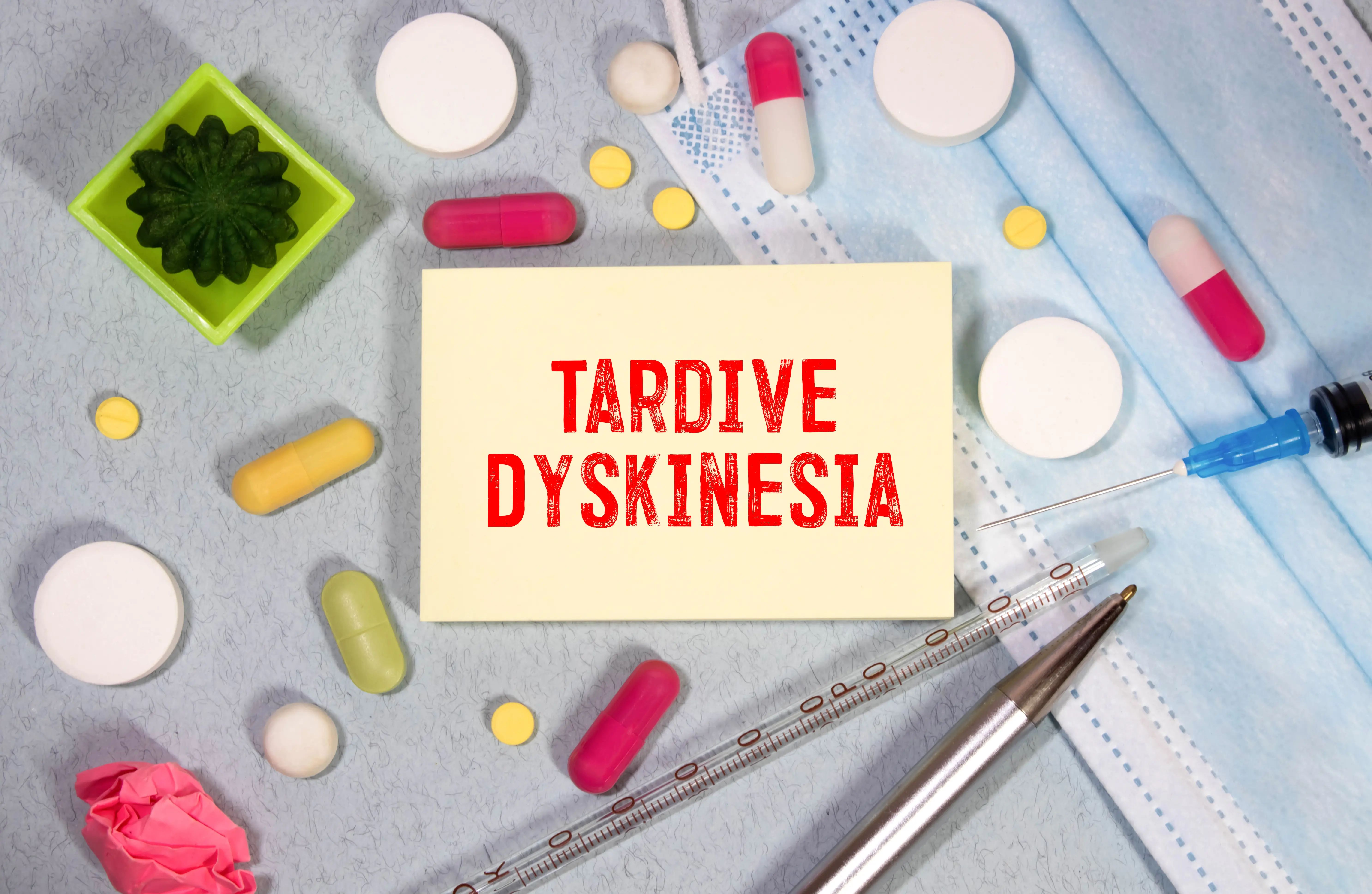Article
The Week in Review: February 20-24
Author(s):
From the “unwinding” of the Medicaid continuous enrollment condition to assessing and treating eating disorders in older adults, here are highlights from the week in Psychiatric Times.
ronstik_AdobeStock

This week, Psychiatric TimesTM covered a wide variety of psychiatric issues and industry updates, from the “unwinding” of the Medicaid continuous enrollment condition to assessing and treating eating disorders in older adults. Here are some highlights from the week.
The “Unwinding” of the Medicaid Continuous Enrollment Condition: 3 Things to Know
rukxstockphoto_AdobeStock

Beginning April 1, 2023, states may resume Medicaid redeterminations and terminations of coverage for those no longer eligible. As recognized by the Center on Budget and Policy Priorities, it is estimated that as many as 18 million individuals could lose Medicaid coverage because they no longer meet Medicaid eligibility requirements or fail to complete the redetermination process.
Although many individuals may qualify for other types of insurance coverage, patients with serious mental illness (SMI) and substance use disorders (SUDs) are expected to be particularly affected by this. Thankfully, states have been anticipating the “unwinding” of the Medicaid continuous enrollment condition. Continue Reading
New Tool for Assessing the Impact of Tardive Dyskinesia
Uladzislau/AdobeStock

Teva Pharmaceuticals announced the print publication of the IMPACT-TD Scale—described as an easy-to-use, standardized, and clinician-rated assessment intended to assist health care providers in determining the impact of tardive dyskinesia (TD) on patient daily functioning.
IMPACT-TD categorizes TD symptoms into multiple functional domains: social, psychological/psychiatric, physical, and vocational/educational/recreational. The scale can collect insights from not only patients but also family members, caregivers, and providers. This can help encourage productive dialogue and provide a more comprehensive understanding of the impact of TD. Continue Reading
Eating Disorders Among Older Adults
Photographee.eu/AdobeStock

The DSM-5 describes eating disorders (EDs) as conditions that are characterized by a persistent disturbance of eating or eating-related behaviors. These disorders result in an altered consumption or absorption of food that causes a significant impairment in physical health or psychosocial functioning.
The DSM-5 identifies 8 different types of EDs: pica, rumination disorder, avoidant/restrictive food intake disorder, anorexia nervosa (AN), bulimia nervosa (BN), binge-eating disorder (BED), other specified feeding or eating disorder, and unspecified feeding or eating disorder. Continue Reading
Finding the "Why": The Ins and Outs of Forming a Multidisciplinary Group Practice
everythingpossible_AdobeStock

I come from a long line of business owners in multiple industries. Family businesses go back generations with my lineage. To name a few, there have been boot makers, clothing stores, medical practices, accounting practices, and training firms. For my first undergraduate degree, my minor was in business administration.
Today, as the founder and CEO of Enlighten Health Care, LLC, I know that most things in life are a combination of art and science—and starting a multidisciplinary group practice is no different. Continue Reading
See more recent coverage from Psychiatric TimesTM here. And be sure to stay up-to-date by subscribing to the Psychiatric TimesTM E-newsletter.
Do you have a comment on any of these or other articles? Have a good idea for an article and want to write? Interested in sharing your perspectives? Write to us at PTeditor@mmhgroup.com.




